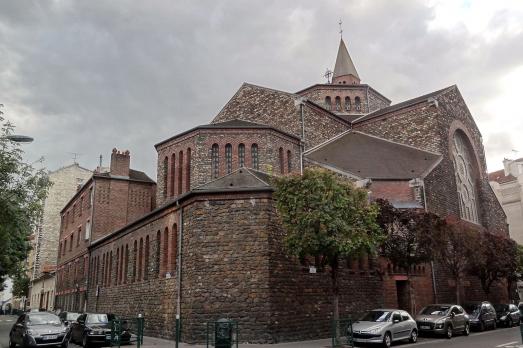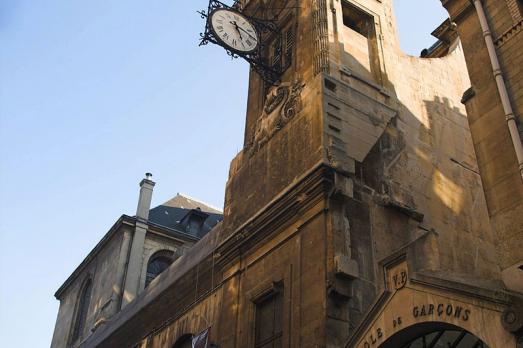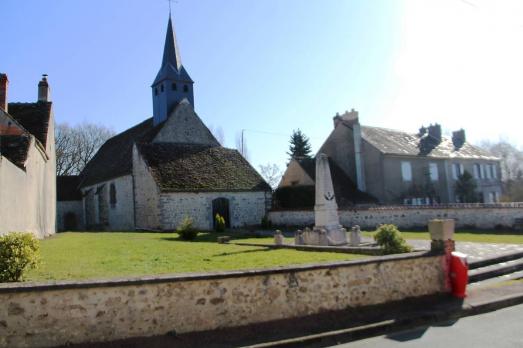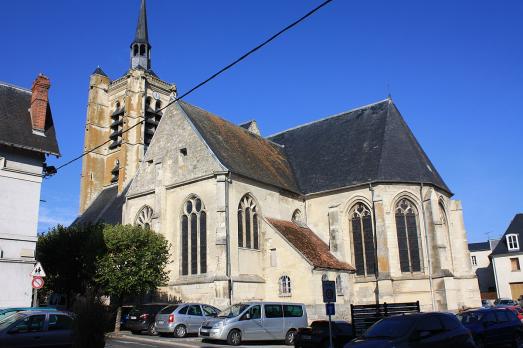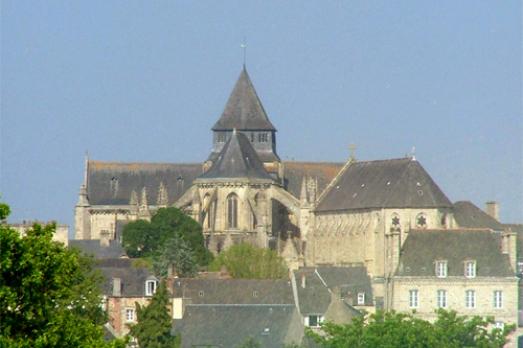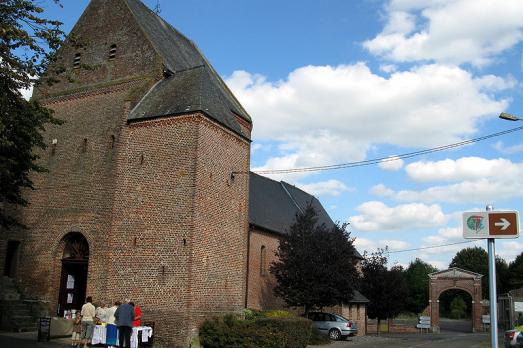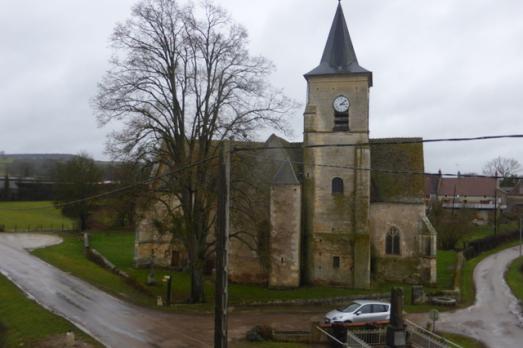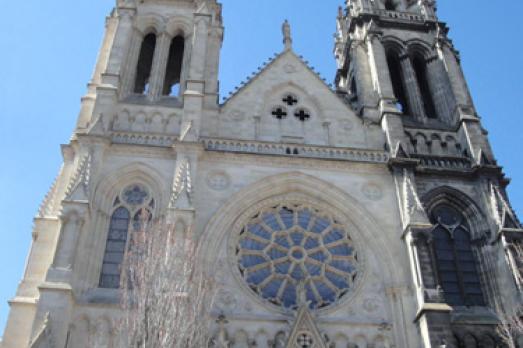
Church of Saint-Louis des Chartrons
Bordeaux, FR
Classified as a Historic Monument, the church of Saint-Louis des Chartrons is the work of the architect Charles-Louis Brun. It was completed in 1880. It has the most important symphonic organ in the Aquitaine region (Wenner-Maille). An exceptional instrument for concerts all year round.
